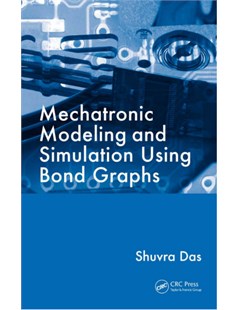Electric vehicle technology explained
Explaining the underpinning science and technology, this book is essential for practicing electrical, automotive, power, control and instrumentation engineers working in EV research and development. It is also a valuable reference for academics and students in automotive, mechanical, power and electrical engineering.
2012
Fully updated throughout, Electric Vehicle Technology, Second Edition, is a complete guide to the principles, design and applications of electric vehicle technology. Including all the latest advances, it presents clear and comprehensive coverage of the major aspects of electric vehicle development and offers an engineering-based evaluation of electric motor scooters, cars, buses and trains.
This new edition includes:
important new chapters on types of electric vehicles, including pickup and linear motors, overall efficiencies and energy consumption, and power generation, particularly for zero carbon emissions
expanded chapters updating the latest types of EV, types of batteries, battery technology and other rechargeable devices, fuel cells, hydrogen supply, controllers, EV modeling, ancillary system design, and EV and the environment
brand new practical examples and case studies illustrating how electric vehicles can be used to substantially reduce carbon emissions and cut down reliance on fossil fuels
futuristic concept models, electric and high-speed trains and developments in magnetic levitation and linear motors
an examination of EV efficiencies, energy consumption and sustainable power generation.
Contents:
James Larminie, Electric vehicle technology explained, John Wiley & Sons Ltd, 2012
 |  |  |
| Electric vehicle technology explained | Automotive exhaust emissions and energy recovery | Mechatronic modeling and simulation using bond graphs |
Chủ Nhật, 15:08 26/02/2023
Copyright © 2018 Hanoi University of Industry.